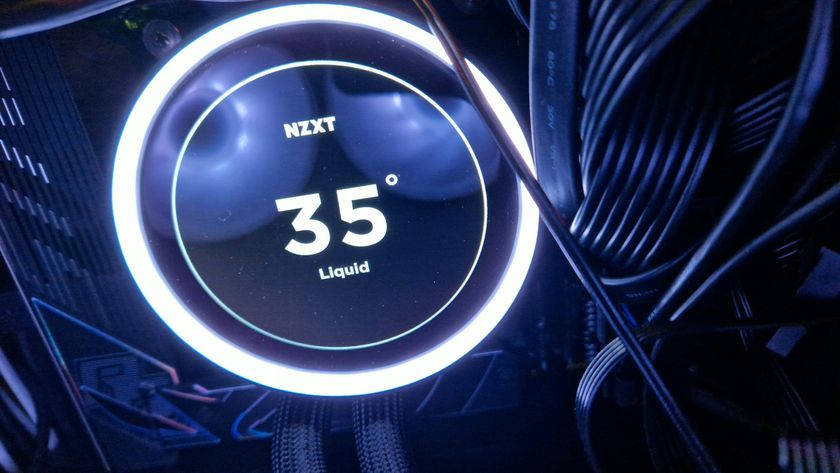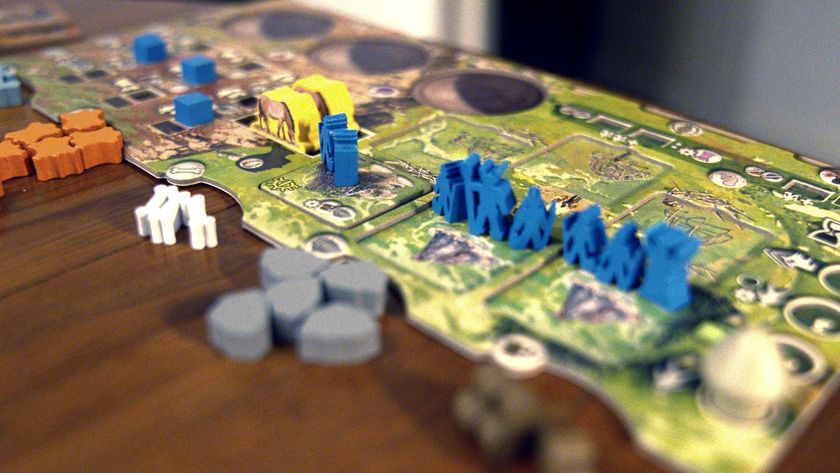Why you can trust GamesRadar+
The other class of demigods makes up the Generals, who while still possessing considerable personal strength rely on summoned minions to aid them, making the game slightly more like a traditional RTS. Oak is your best entry point, possessing enough strength to withstand melee fights while also able to reap the souls of his enemy’s fallen minions. Once you’re comfortable commanding troops, you can move on to trying the Queen of Thorns, a buxom lady floating above a plant held aloft on the backs of beetles; Sedna, who rides atop a giant cat and summons yetis to her cause; and the vampiric, pointy-eared Lord Erebus, who can reap souls, but also turn into a painful mist.

Using the Generals, there are moments when swarming enemies with minions is hugely satisfying, and times when it simply becomes confusing as to whether our guys are still alive amongst the ruckus of laser blasts and area of effect spells. It’s all colourful and beautiful, but it’s not always informative.
The distinctive demigods, and the different tactics required in the four game types, make it interesting to see which character combinations prove most useful. Conquest and Fortress require direct assaults on defensive turrets, for example. Sadly, this can cause matches to quickly become attritional, the inevitable winner clear long before the finish, and fights against turrets fixed in place by a level designer are a lot less fun than fighting giant monsters.

Those turrets, though fixed, can be upgraded via the Citadel at the center of your other, more traditional base. Trekking back here from the frontlines is tedious, but there are big rewards to upgrading. None more obvious than the changes you can make to your minion reinforcements, who spawn from portals bracketing each map. These aren’t controllable by anyone, even Generals, but flow through the map on a fixed path to clash against the enemy’s minions. It’s by these creatures’ progress that you can tell the status of a battle. Upgrading at the citadel leads to new, larger creatures joining your side: first clerics, later the excellently named catapultasaurii, and lastly concrete-stick wielding giants bigger than some of the demigods.
You accrue in-game money as you go, and if you’re not interested in spending it to benefit your team, you can instead benefit yourself by purchasing artifacts and items. On our second night of play we found ourselves online, reading forums and advice on character builds. We thought the roleplaying elements would be a nice way of getting RPG fans to play an RTS. It never occurred to us that the opposite was also true.
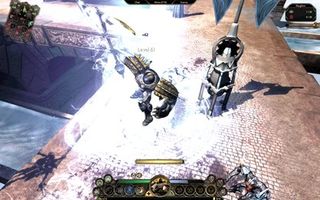
we’ve played and loved roleplaying games before, but not like this. Not where we actually paid attention to the numbers operating beneath it all. Demigod is a Trojan horse filled with statistics. The Mage Slayer provides a 40% chance on hit to stun the target for 0.2 seconds? Man! We’re all over that. That will totally benefit our Rook against faster opponents.
Demigod has about a dozen small but obvious flaws right now – most easily fixable, some bewildering. These include some iffy pathfinding and the oddity of the game world being shrouded by grey sludge upon death. But the one that really matters is that its netcode is very patchy indeed. Joining a game via automatic matchmaking, the server browser, or even a friends list, is a perilous process where a single player with connection issues can prevent everyone else from playing the game. We expect this will be quickly fixed, which is why we didn’t mention it upfront, but at the time of writing, this multiplayer game, with its online matches and scoreboards, is frequently only playable against the computer. That’s a travesty.
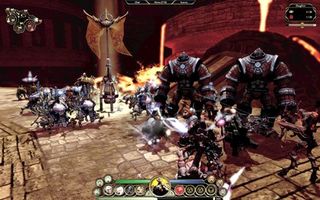
Yet we’ve had nothing but fun while playing, both against the PC and when it’s worked online. Demigod’s blending of traditional strategy with RPG stats-based tactics leads to something that at least feels new, but it’s the unabashedly cartoony voices and over-the-top abilities that make the game fun.
Apr 23, 2009
More info
| Genre | Role Playing |
| Description | A team-based action game that can play out like an RTS or an RPG depending on the choices of the player. Oh, and it's got effin' huge robots and dinosaurs, too. And even with a few snags, we had nothing but fun. |
| Platform | "PC" |
| US censor rating | "Teen" |
| UK censor rating | "12+" |
| Release date | 1 January 1970 (US), 1 January 1970 (UK) |
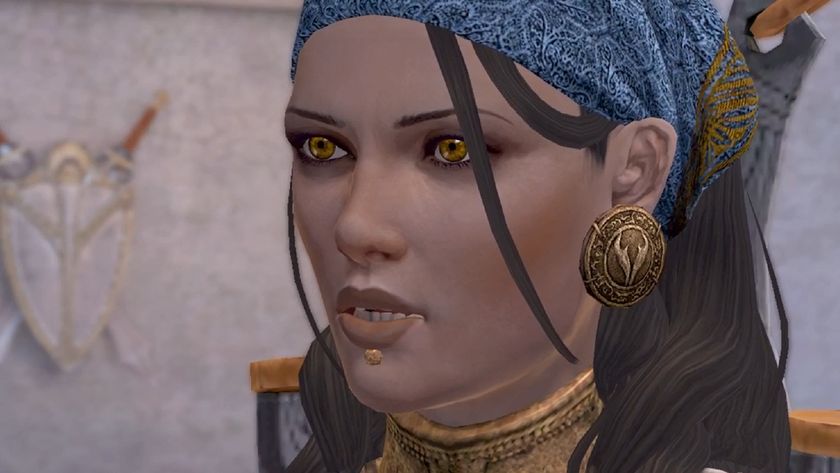





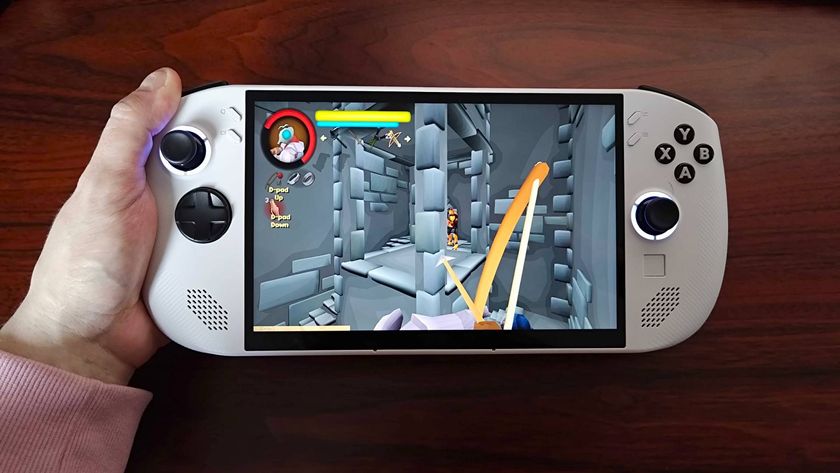






Who killed [SPOILER] in Daredevil: Born Again episode 3?

The creator of upcoming life sim Inzoi says he was "recklessly brave to even think about creating a game of this scale"

A year after its PS5 launch, Rise of the Ronin debuts on PC to "Mixed" reviews and performance complaints: "Stuttering on a 4090 is just... no"

